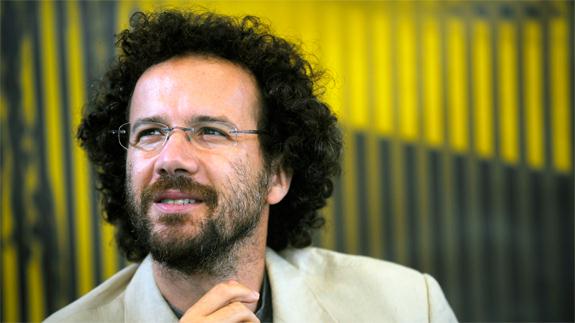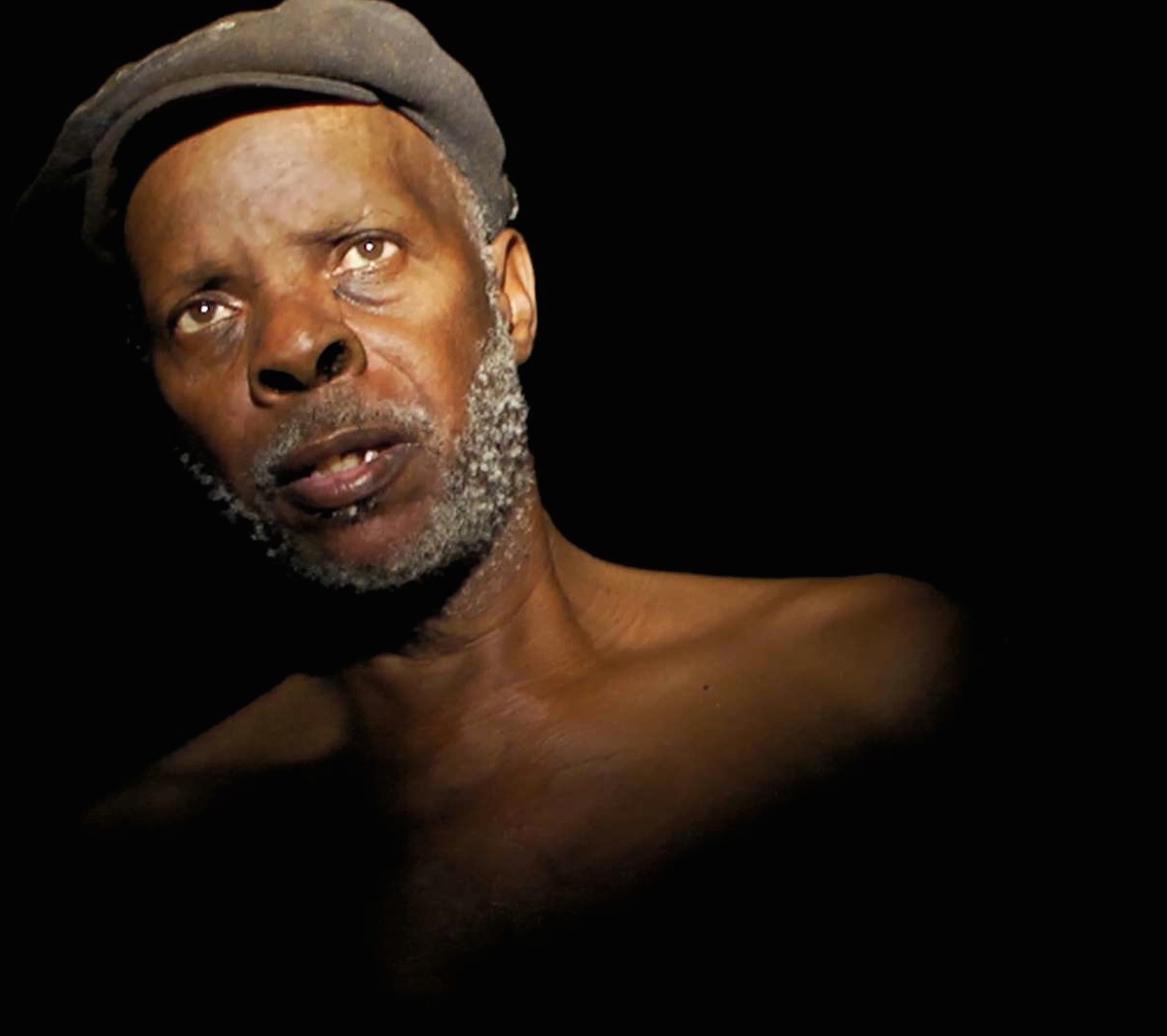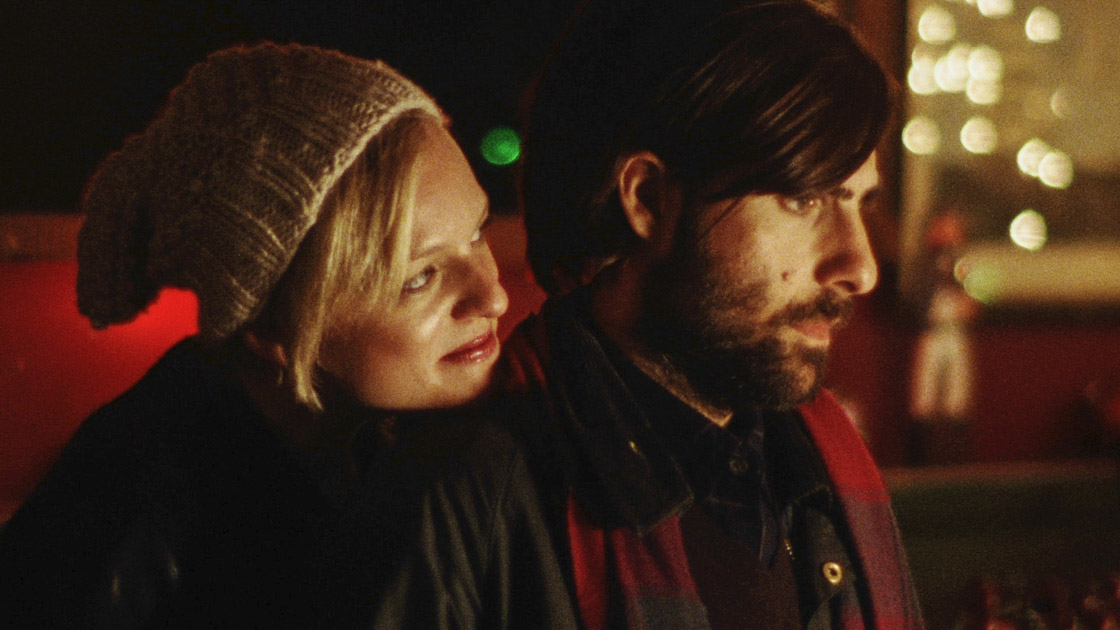By providing your information, you agree to our Terms of Use and our Privacy Policy. We use vendors that may also process your information to help provide our services. This site is protected by reCAPTCHA Enterprise and the Google Privacy Policy and Terms of Service apply.
Why the Locarno Film Festival is Unlike Any Other Moviegoing Experience
Eric Kohn

Within the first 24 hours of this year’s Locarno Film Festival, its 67th edition, some 8,000 viewers will sit outside to watch a drugged-up Scarlett Johansson wreak havoc in Luc Besson’s nutty blockbuster “Lucy” on a giant screen. In that same window of time, Filipino director Lav Diaz’s nearly six-hour “From What Is Before,” a slow-moving black-and-white drama set in an isolated town in 1972, screens in the festival’s international competition.
Only in Locarno.
While it may not invite the same volume of attention from global media as the Cannes Film Festival in May, Locarno remains a unique entity in the festival world as well as moviegoing culture in general: It’s a large scale event attended by thousands of European press and industry that speaks to numerous sensibilities at once.
Audiences from neighboring cities ride the train into the low-key Swiss mountain town each night for the outdoor Piazza Grande screenings, where they also witness tributes to high profile guests (this year, that will include Roman Polanski and Melanie Griffith). The festival provides the big spectacle of a well-funded, high profile affair even as its programming speaks to the varied interests of serious moviegoers from around the world.
Which brings us back to that contrast: “Lucy,” a loud, silly action movie, and “From What Is Before,” an implicitly challenging viewing experience that in many ways presents the exact opposite of Besson’s zany enterprise. The unique alchemy of programming both movies offers a window into Locarno’s distinct appeal.
 “We’re opening with a blockbuster,” said Locarno artistic director Carlo Chatrian in a recent interview, “but even if you don’t feel that film is your cup of tea, watching it alongside a Lav Diaz film allows new ideas to come to life.” Such as? “We have to have very plain narrative films alongside experimental ones,” Chatrian explained. “I really believe that Locarno is the place for this kind of challenge. We’re showing these extremes of cinema.”
“We’re opening with a blockbuster,” said Locarno artistic director Carlo Chatrian in a recent interview, “but even if you don’t feel that film is your cup of tea, watching it alongside a Lav Diaz film allows new ideas to come to life.” Such as? “We have to have very plain narrative films alongside experimental ones,” Chatrian explained. “I really believe that Locarno is the place for this kind of challenge. We’re showing these extremes of cinema.”
As Chatrian enters his second year as the head of the festival, he sounds more confident than ever about Locarno’s distinctive character. “When you’re at a festival, you allow yourself to watch films in a theater in a way you wouldn’t watch them at home,” he said. “In Locarno, we push people to go on that journey. That’s the magic of a film festival — you share an experience with people you don’t know, and that makes you willing to go further.”
Another New Wave?

Programmers often cite trends from a film festival lineup just so they can speak in general terms about the selection. Chatrian approaches that trap with caution. “I don’t compose the program with one goal — cinema should this or that,” he said. “I hope audiences will find their own direction.”
Nevertheless, he did allow for one possible takeaway from this year’s program, which begins on Wednesday and continues through August 16. “Maybe this year the bottom line is that we really have a program connected to the experience of the nouvelle vague,” he said, “and not just the French New Wave, but the way that cinema reconsidered its relationship to society and its language during the 1960s.”
Pushed to give examples, Chatrian mentioned Mexican director (and Locarno regular) Nicolas Pereda’s “The Absent,” an offbeat comedy about an old man booted from his house and forced to venture into the mountains. Chatrian said the film was both “funny and very challenging in terms of the rhythm of the narrative.”
 Chatrian also cited Diaz’s aforementioned five-hour-plus feature and veteran Portuguese director Pedro Costa’s “Horse Money” as other cinematic challenges in the program. Notably, these are not newcomers, though their work has never been considered in commercial terms. While the festival offers plenty of discoveries with its Filmmakers of the Present section, which showcases new voices, other areas of the program single out established names who work in unorthodox ways. At Locarno, even the familiar players offer a fair amount of surprises.
Chatrian also cited Diaz’s aforementioned five-hour-plus feature and veteran Portuguese director Pedro Costa’s “Horse Money” as other cinematic challenges in the program. Notably, these are not newcomers, though their work has never been considered in commercial terms. While the festival offers plenty of discoveries with its Filmmakers of the Present section, which showcases new voices, other areas of the program single out established names who work in unorthodox ways. At Locarno, even the familiar players offer a fair amount of surprises.
Nations in Focus
While Locarno shows some allegiance to Swiss filmmakers for obvious reasons — this year, the nation’s most famous director, Jean Luc-Godard, receives a slot for his Cannes-acclaimed “Goodbye to Language” — it offers a far greater volume of discoveries with its international offerings. Whereas many festivals program films from around the world, Locarno’s emphasis on less conventional efforts provides intriguing contrasts not only between different national cinemas, but the unconventional filmmakers within those borders.
This year, Chatrian noted that the program was especially rich in films from South America and Korea. Among these, he praised Argentine director Martin Rejtman’s “Two Shots,” which revolved around a boy who survives an attempt to shoot himself in the head. With the bullet buried somewhere in the character’s brain, “it becomes a metaphor for hard living,” Chatrian said. He also sang the praises of South Korean filmmaker Jung-bum Park’s “Alive,” the director’s second feature following the festival hit “The Journals of Musan.” The new movie, in which Park also stars, revolves around a man who attempts to forge a business at a soybean factory out of cheating clients. “It’s a unique view of Korean society that’s not the urban world we’re used to seeing,” Chatrian said.
America From Afar

Additionally, Locarno’s perspective on American cinema differs from many other festivals by presenting a more limited selection of studio and indie films. Chatrian admitted that the country’s presence at the festival was “quite peculiar.” Programming choices this year include Alex Ross Perry’s “Listen Up Philip,” which premiered out of competition at Sundance in January but has yet to screen overseas, and “Christmas, Again,” which shares the same editor and cinematographer as Perry’s film. The latter selection, the directorial debut of cinematographer Charles Poekel, revolves around the experiences of a Christmas tree salesman going through a life crisis. “It’s more what audiences might expect from an American independent film,” Chatrian said, adding that Perry’s movie was closer to “the avant garde of American independent cinema” (at least as far as traditional narratives go).
Together, he added, the movies offer “something pushy and familiar” — an assessment that could easily serve as the festival’s tagline.
At this year’s festival, Indiewire once again co-hosts the Critics Academy, an initiative designed to support the work of aspiring film critics, along with the Locarno Film Festival, the Film Society of Lincoln Center and the Swiss Alliance of Film Journalists. In addition to reviews and other coverage from the festival, look for essays written by this year’s participants on our Criticwire blog in addition to reported work in our Filmmaker Toolkit section.
By providing your information, you agree to our Terms of Use and our Privacy Policy. We use vendors that may also process your information to help provide our services. This site is protected by reCAPTCHA Enterprise and the Google Privacy Policy and Terms of Service apply.

















